Advances in technology have revolutionized the world of racing, influencing strategies and outcomes in motorsports. From data analytics to cutting-edge materials, the integration of technology has created a new landscape where precision and efficiency reign supreme. This exploration delves into the ways technology has reshaped racing strategy, providing an edge to teams and drivers alike.
The Role of Data Analytics in Racing
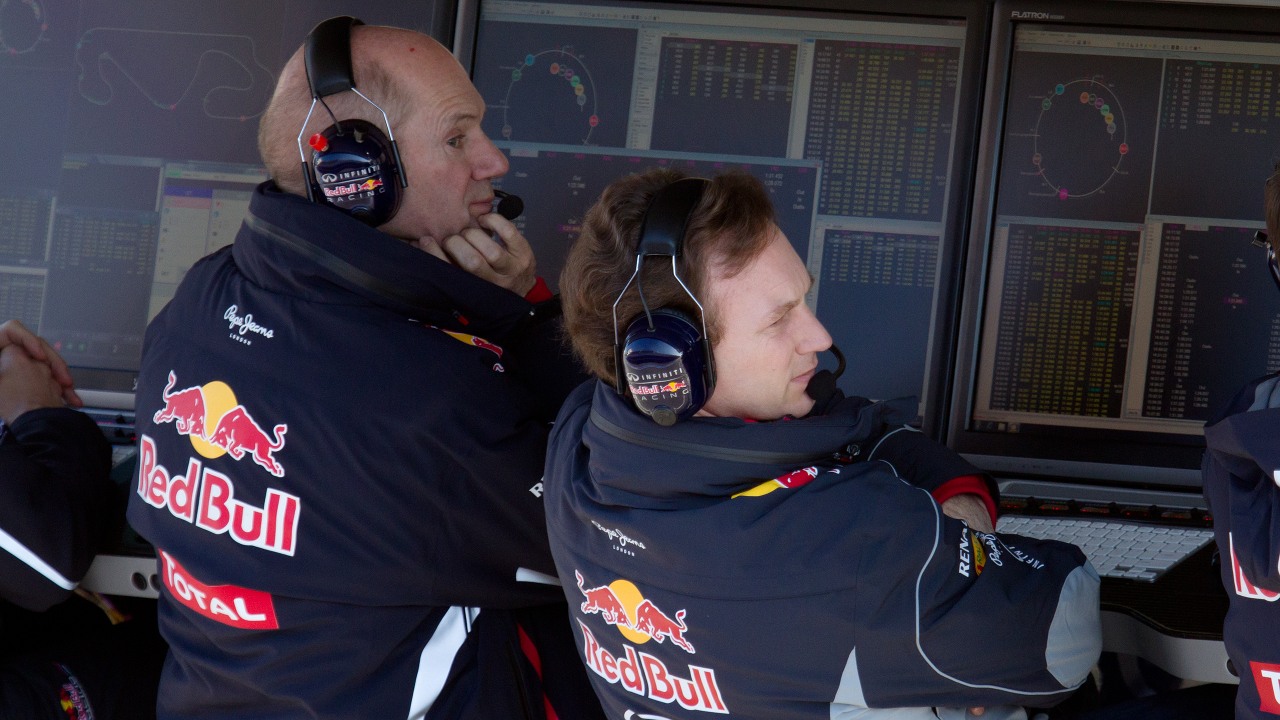
Real-time performance monitoring has become a cornerstone of modern racing strategy. Trackside data collection and analysis enable teams to make immediate adjustments to car performance and strategy. Advanced telemetry systems provide critical insights into various aspects of the car’s operation, such as fuel efficiency, tire wear, and engine performance. This constant stream of data allows teams to fine-tune their vehicles on the fly, ensuring optimal performance throughout the race.
Predictive modeling further enhances strategic decision-making in racing. By employing algorithms and machine learning, teams can predict race outcomes and adjust their strategies accordingly. Historical data is leveraged to anticipate competitor behavior, allowing teams to develop counter-strategies that can be deployed in real-time. This data-driven approach not only improves the chances of success but also minimizes risks associated with unforeseen race conditions.
Aerodynamics and Material Science

Innovations in car design, particularly in aerodynamics and material science, have significantly impacted racing strategies. The use of wind tunnel testing and computational fluid dynamics (CFD) allows teams to optimize the aerodynamic profiles of their cars. This optimization leads to reduced drag and increased downforce, which are crucial for achieving higher speeds and better handling. Additionally, the introduction of lightweight, durable materials like carbon fiber has enhanced both speed and safety, allowing cars to perform at their peak while reducing the risk of mechanical failures.
The impact of these advancements on racing strategy is profound. Improved aerodynamics and material science enable teams to adopt more aggressive tactics, such as reducing the number of pit stops due to better fuel efficiency and tire management. The durability of modern materials also means that teams can push their cars harder without the fear of mechanical breakdowns, allowing for more daring overtaking maneuvers and strategic positioning during races.
Simulation and Virtual Reality Training
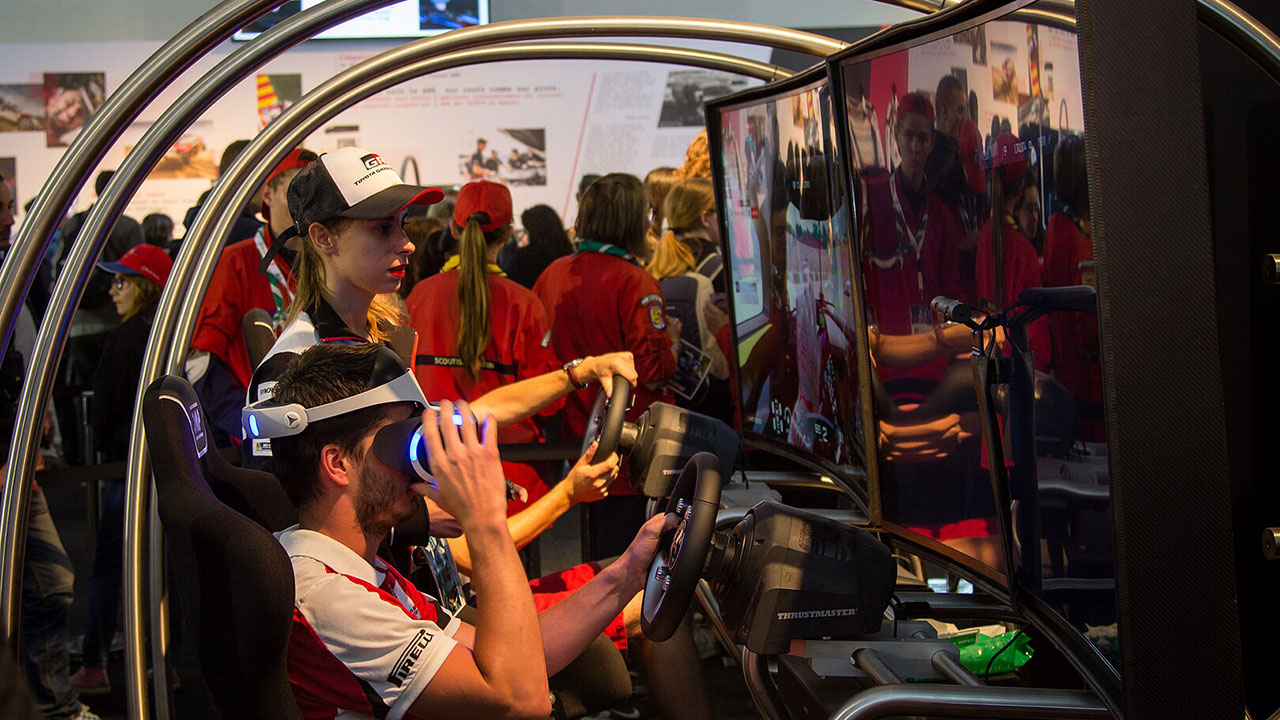
Simulation and virtual reality (VR) training have become indispensable tools for enhancing driver skills and refining race strategies. Simulators provide drivers with realistic racing experiences, allowing them to practice on virtual tracks that mimic real-world conditions. This training helps drivers familiarize themselves with the nuances of different circuits, improving their techniques and reaction times before race day.
Beyond individual skill enhancement, teams utilize simulations to test various race strategies and scenarios. By running virtual simulations, teams can experiment with different approaches to pit stops, tire changes, and fuel management without the costs and risks associated with traditional track testing. This strategic planning tool enables teams to minimize risks and optimize their race-day performance, giving them a competitive edge in the high-stakes world of motorsports.
Communication and Decision-Making Technologies
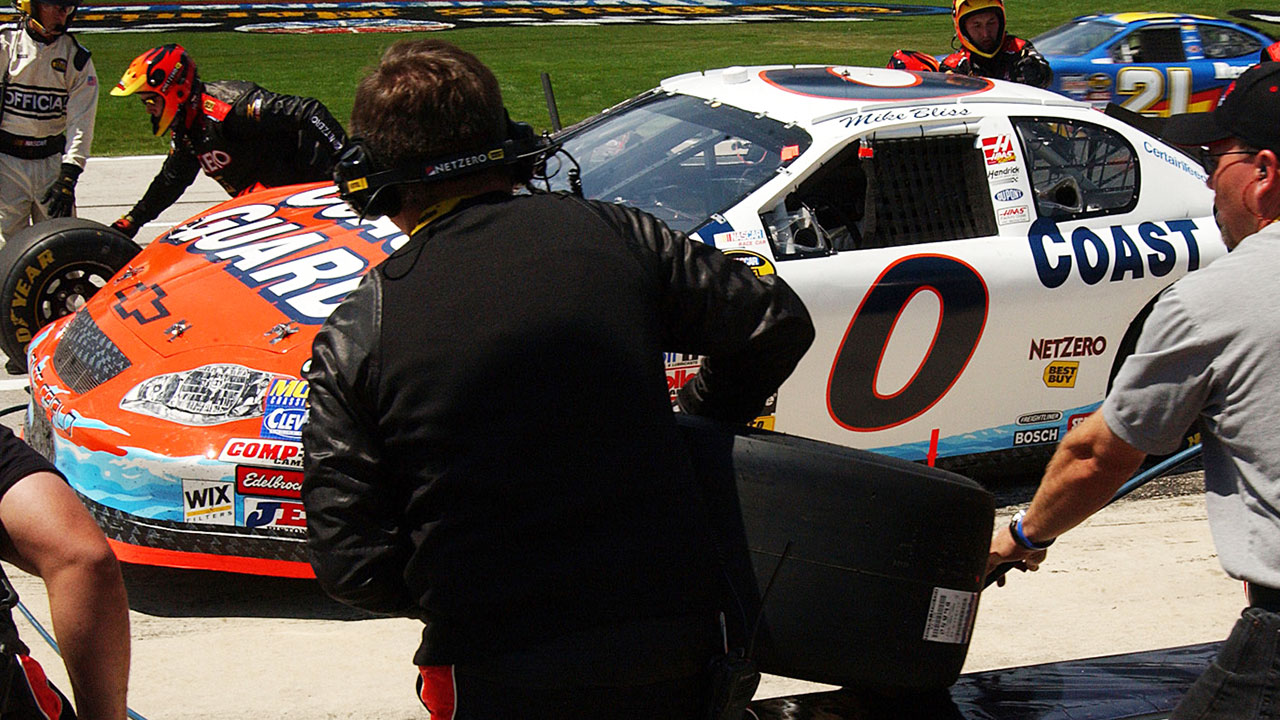
Advanced communication systems play a crucial role in modern racing, facilitating seamless interaction between drivers and pit crews. Improved radio and telemetry systems ensure that real-time data is shared efficiently, allowing teams to respond rapidly to changing race conditions. This constant flow of information is vital for making informed decisions during critical race moments, such as tire changes and refueling.
Strategic decision support tools, often driven by artificial intelligence, further enhance a team’s ability to make quick and accurate decisions. These tools analyze vast amounts of data to provide recommendations on optimal strategies, such as when to overtake competitors or adjust race pace. Enhanced communication technology reduces the likelihood of human error, ensuring that teams can execute their strategies with precision and coordination.
Sustainability and Environmental Considerations
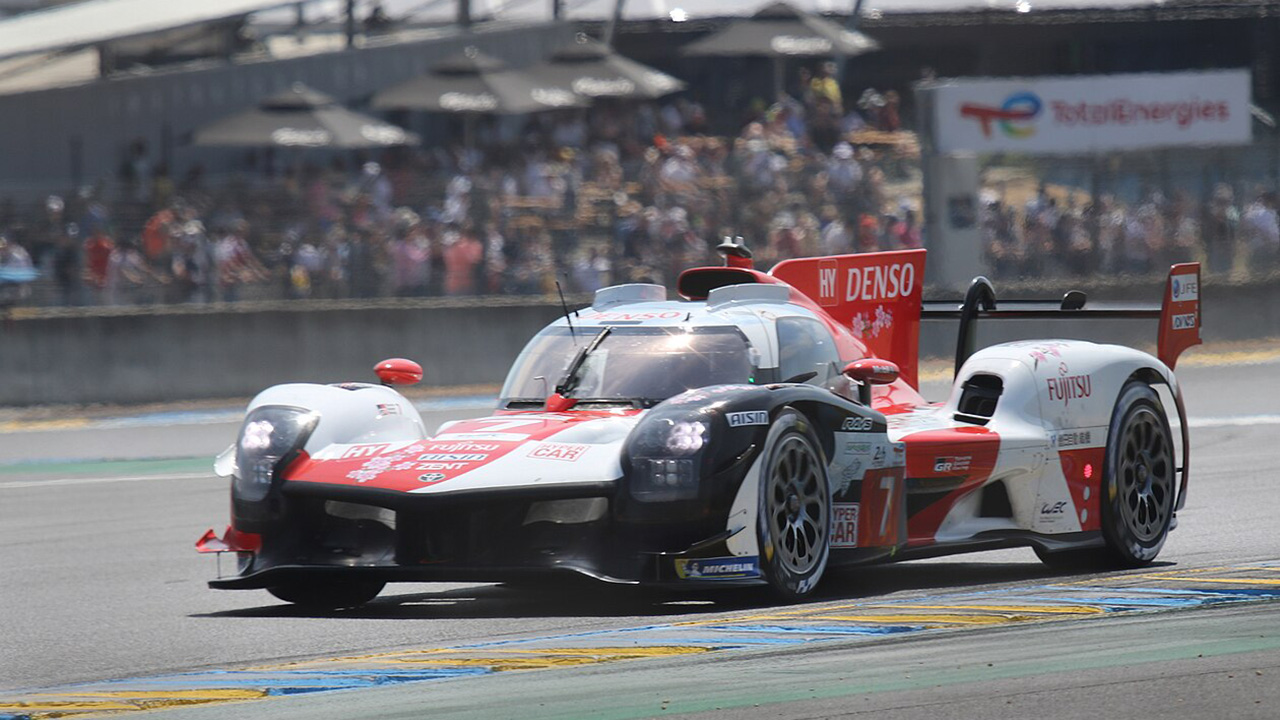
As environmental considerations become more prominent, the integration of green technologies in racing is reshaping strategies across the board. The adoption of hybrid and electric engines in racing cars reflects a broader shift towards sustainability. These technologies not only reduce the carbon footprint of racing events but also introduce new strategic elements related to energy management and efficiency.
The strategic implications of this shift are significant. Teams must adapt to new regulations and technologies while maintaining competitiveness. Energy management becomes a critical component of race strategy, influencing decisions on when to push for speed and when to conserve energy. As the racing landscape continues to evolve, teams that successfully integrate sustainable practices will likely gain a competitive advantage in the long run.
Like Fast Lane Only’s content? Be sure to follow us.
Here’s more from us:
*Created with AI assistance and editor review.

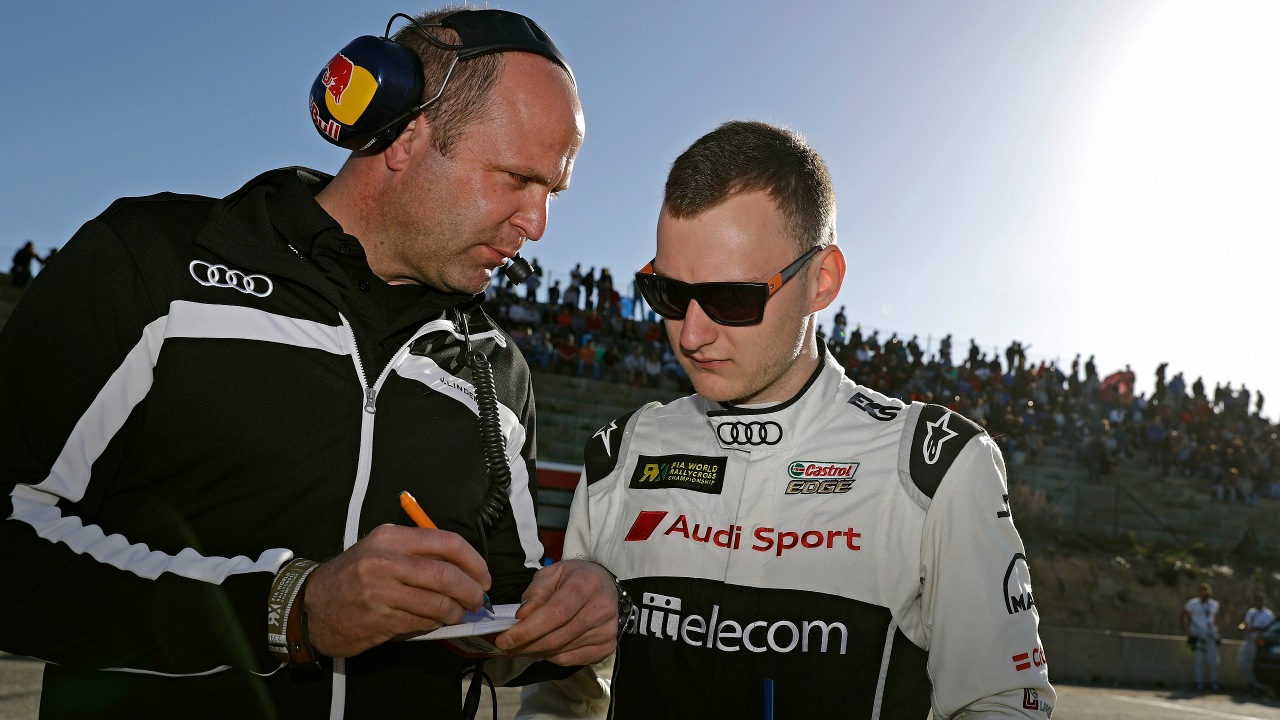
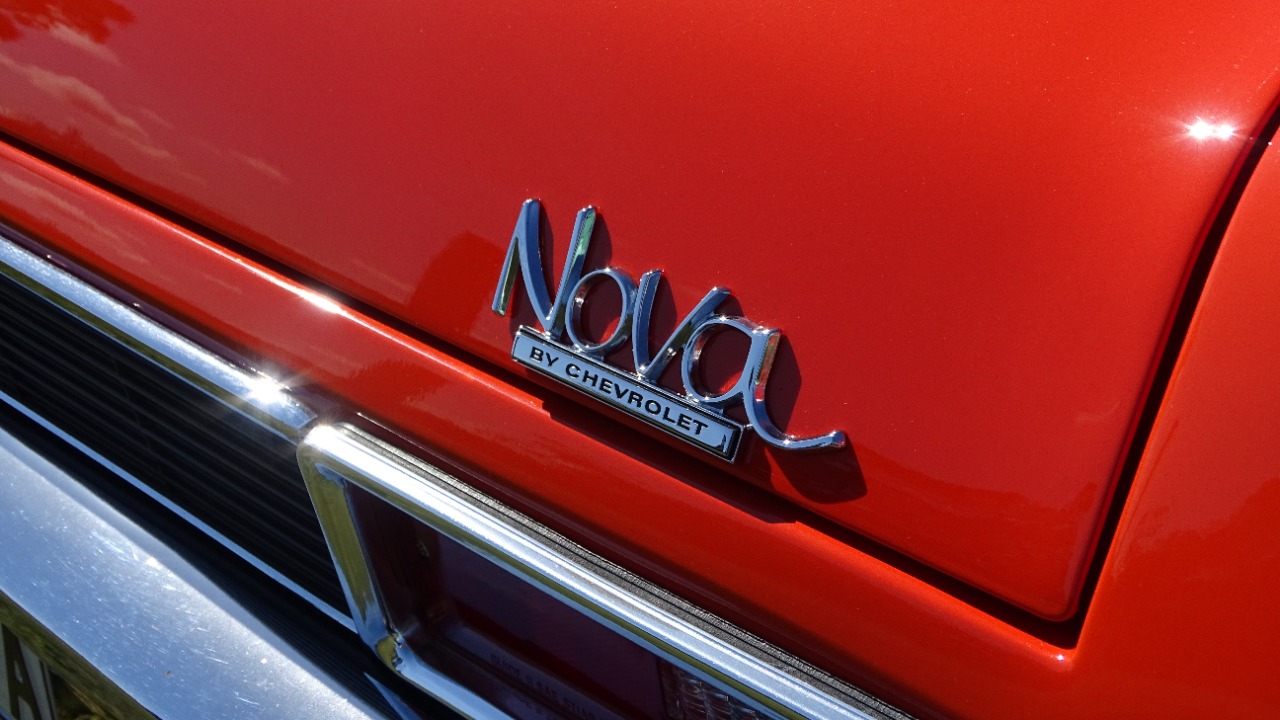




Leave a Reply